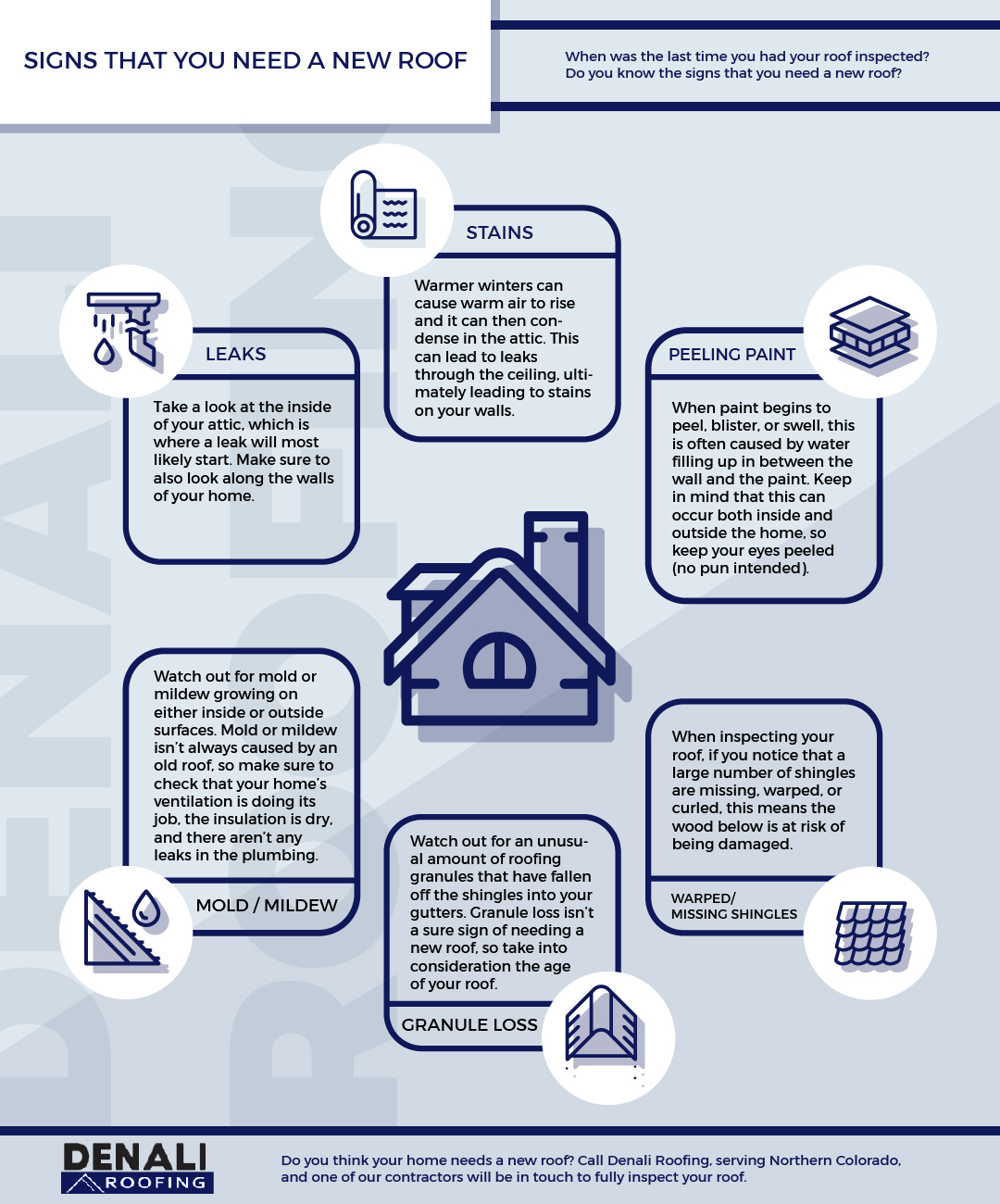Forgeting The Relevance Of Roofing Ventilation Can Lead To Considerable Damage; Identify The Necessary Elements That Assist In A Successful Installation And Safeguard Your Financial Investment
Forgeting The Relevance Of Roofing Ventilation Can Lead To Considerable Damage; Identify The Necessary Elements That Assist In A Successful Installation And Safeguard Your Financial Investment
Blog Article
Published By-Morrow Manning
When you're dealing with a roof covering project, you may not assume much about roof covering air flow, but it's more crucial than you realize. Reliable air flow assists regulate temperature and wetness in your attic room, avoiding issues like mold and architectural damage. By comprehending how to develop and mount a well balanced air flow system, you can enhance energy efficiency and prolong the life-span of your roofing products. So, what are the key aspects to consider during setup that can make all the difference?
Relevance of Roof Air Flow
Roofing system air flow plays an essential function in preserving the overall health of your home. By allowing fresh air to distribute through your attic room, it aids control temperature level and wetness degrees. This equilibrium is necessary to protect against warmth accumulation during warm months, which can result in raised energy expenses as your cooling burns the midnight oil.
In addition, proper ventilation considerably minimizes the risk of moisture-related problems like mold and mildew and mold. If moisture levels increase, your home's architectural integrity can be endangered, bring about costly repair services. You wouldn't wish to take care of rotting timber or distorted roof materials, right?
In addition, adequate ventilation expands the lifespan of your roofing system. When warm and dampness are kept in check, your roofing can perform efficiently, avoiding premature deterioration. This means fewer headaches and expenses down the line.
Exactly How Roof Covering Air Flow Functions
Efficient roof ventilation relies on the natural motion of air to develop an equilibrium in between intake and exhaust. When you mount vents, you're essentially enabling fresh air to enter your attic while allowing warm, stale air to run away. This process assists manage temperature level and wetness degrees, protecting against issues like mold development and roof damage.
Intake vents, generally discovered at the eaves, draw in great air from outside. On the other hand, exhaust vents, located near the ridge of the roof covering, let hot air increase and leave. The difference in temperature level creates a natural air movement, called the stack impact. As cozy air rises, it develops a vacuum that pulls in cooler air from the reduced vents.
To optimize this system, you need to make certain that the intake and exhaust vents are properly sized and positioned. If the intake is restricted, you won't achieve the desired air flow.
Similarly, not enough exhaust can trap heat and wetness, leading to potential damages.
Trick Installment Considerations
When mounting roof air flow, a number of key factors to consider can make or damage your system's efficiency. Initially, you require to analyze your roofing's style. The pitch, form, and materials all influence airflow and ventilation choice. Ensure to pick vents that suit your roofing system type and regional environment conditions.
Next off, take into consideration the positioning of your vents. Preferably, you'll desire a balanced system with intake and exhaust vents positioned for ideal air movement. Place intake vents low on the roofing system and exhaust vents near the top to urge a natural flow of air. This configuration assists avoid dampness accumulation and promotes energy effectiveness.
Don't forget about insulation. Appropriate insulation in your attic room stops warmth from getting away and keeps your home comfy. Make sure that insulation doesn't block your vents, as this can prevent air flow.
Lastly, think of https://www.architectureanddesign.com.au/features/list/modern-takes-on-traditional-roofs-nine-roof-profil . Select simply click the next internet page that are simple to accessibility for cleaning and examination. Regular upkeep ensures your system continues to operate effectively gradually.
Final thought
To conclude, roofing system ventilation is necessary for an effective installation. By making certain proper air flow, you can protect against warm build-up and wetness issues that cause costly damages. When you tactically setting intake and exhaust vents, you improve energy effectiveness and prolong the lifespan of your roofing. Bear in mind, a well-ventilated roof covering not only shields your investment yet also enhances your indoor air high quality. So, focus on air flow to ensure a durable and affordable roof for your home.
